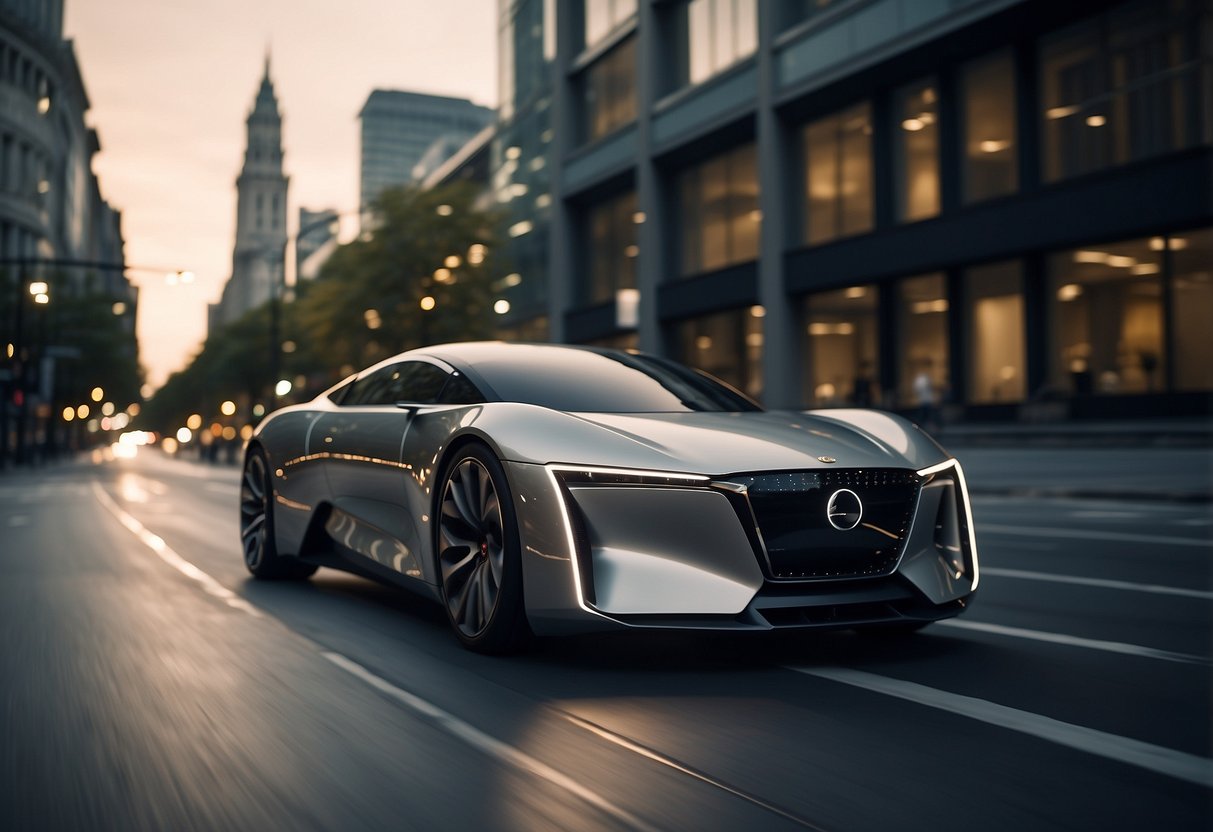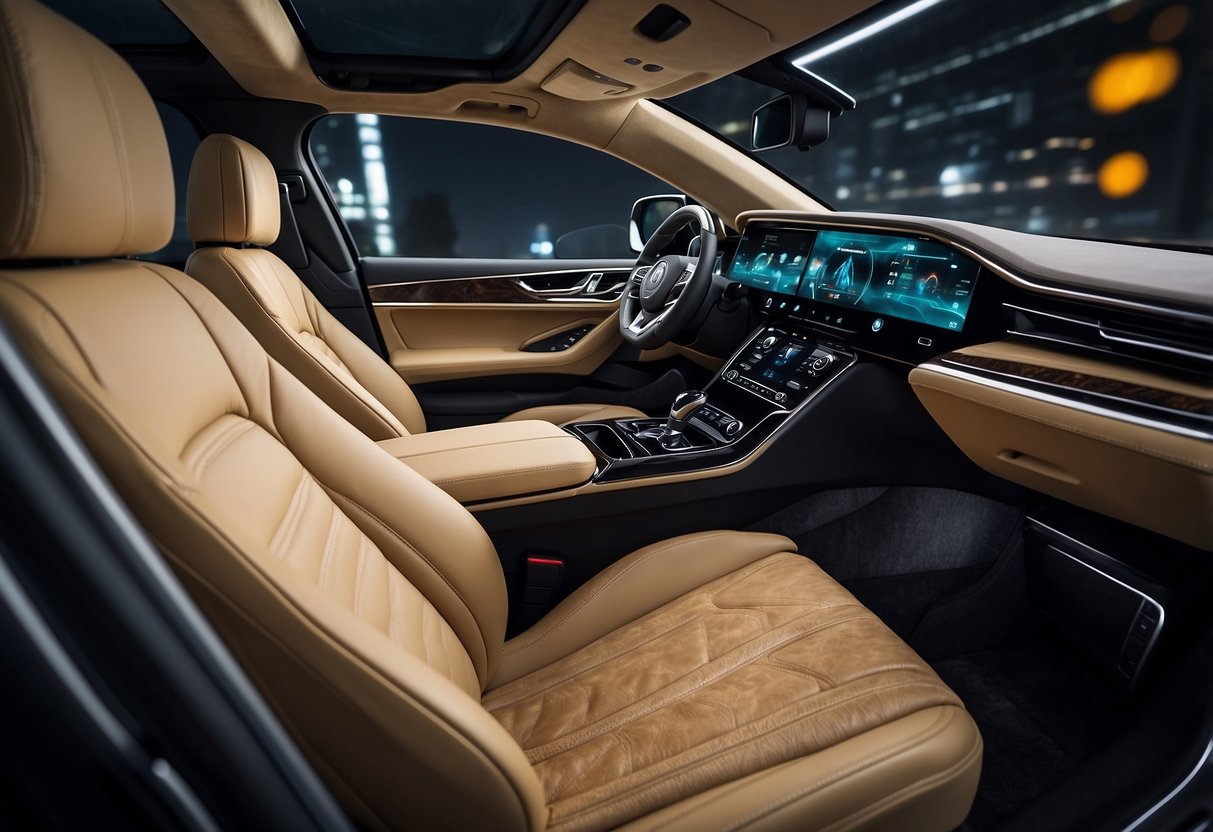
Prospects for Automation in Luxury Vehicles

The integration of autonomous driving technology in luxury vehicles promises advancements in both customization and comfort as well as enhanced performance and reliability, offering a comprehensive evolution in the driving experience.
Customization and Comfort
Luxury vehicles equipped with autonomous driving capabilities provide a new level of personalization and comfort. These cars can adapt cabin settings to individual preferences automatically, adjusting seat positions, climate control, and even ambient lighting based on who is in the car.
In addition, passengers can enjoy a hands-free experience, allowing them to relax or engage in other activities during their journey. Advanced AI systems can also manage entertainment options, navigation preferences, and even communicate with smart home devices, creating a seamless and personalized experience.
Moreover, the integration of noise-cancellation technology and adaptive suspension systems further enhances comfort, making rides smoother and quieter. The focus is on creating a sanctuary-like environment, turning travel time into a period of restful leisure.
Enhanced Performance and Reliability
Autonomous driving systems in luxury vehicles also ensure superior performance and reliability. Equipped with state-of-the-art sensors and AI algorithms, these cars offer precise maneuvering, adaptive cruise control, and real-time traffic management.
Sophisticated onboard diagnostics continuously monitor the vehicle’s health, predicting and alerting about potential issues before they become critical. This proactive approach not only enhances safety but also extends the lifespan of the vehicle.
Additionally, these vehicles benefit from advanced materials and engineering, reducing the risk of mechanical failures and ensuring a robust driving experience. The combination of high-quality components and cutting-edge technology means that luxury autonomous cars are not only more enjoyable but also more dependable.
Challenges in Autonomous Driving
Autonomous driving in luxury vehicles faces significant challenges. These challenges stem from technical setbacks, limitations in current technology, infrastructure shortcomings, and weather-related impacts.
Technical Setbacks and Limitations
One key challenge is the reliability of sensors and software. Autonomous vehicles rely on a combination of cameras, LIDAR, RADAR, and ultrasonic sensors to perceive the environment. However, these technologies are not infallible. The data they collect can be inaccurate or incomplete, leading to potential safety risks. Machine learning algorithms used to interpret this data also face limitations, such as failing to identify objects correctly.
The complexity of urban environments poses additional challenges. Navigating through crowded streets with unpredictable human behavior demands highly sophisticated decision-making algorithms. Another limitation is the computing power required to process real-time data, which can be immense. This not only increases costs but also affects the scalability of autonomous systems.
Infrastructure and Weather Impacts
Infrastructure inadequacies significantly hinder the progress of autonomous driving. Roadways, traffic signals, and signs are generally designed for human drivers. Autonomous vehicles require dedicated infrastructure such as smart traffic lights and well-maintained road markings to function optimally. The lack of standardization across different regions adds another layer of complexity.
Weather conditions like snow, heavy rain, and fog present formidable challenges. Sensors can be easily obstructed by weather elements, degrading their performance. Adverse weather can also obscure road markings, making navigation difficult. Furthermore, the algorithms that control the vehicle may not be adequately tested for extreme weather scenarios, increasing the risk of accidents.



